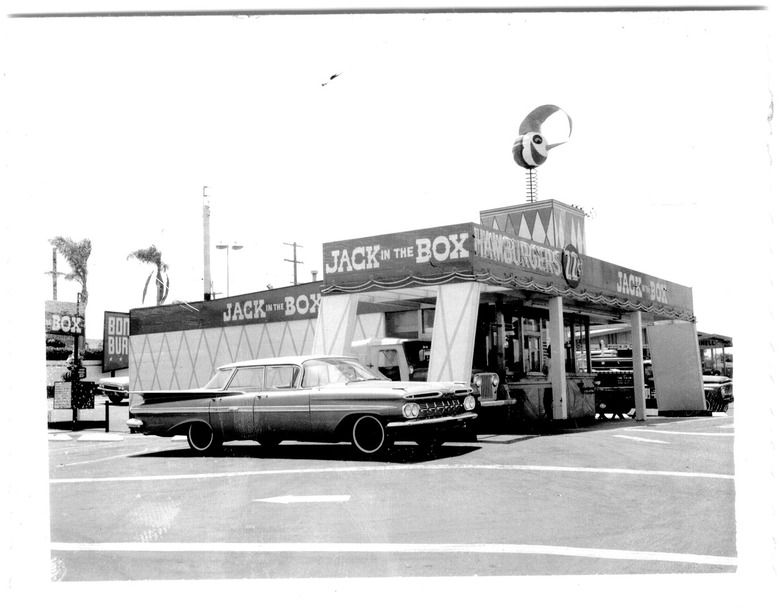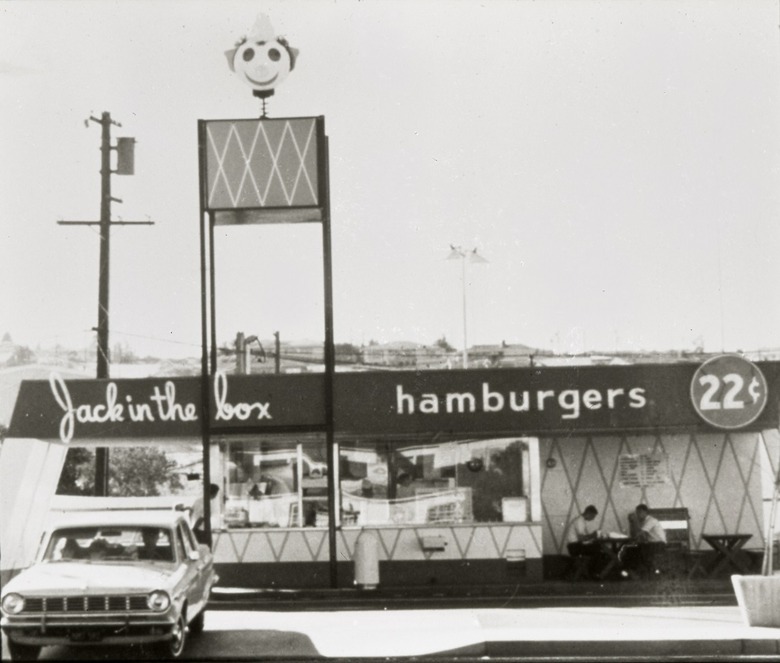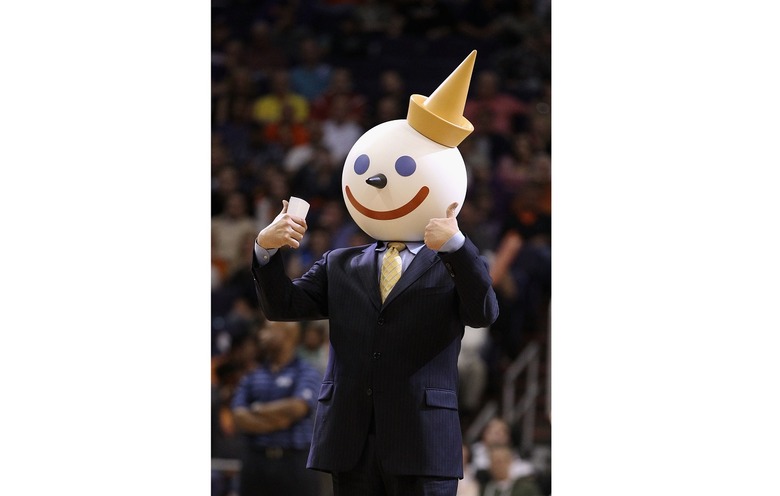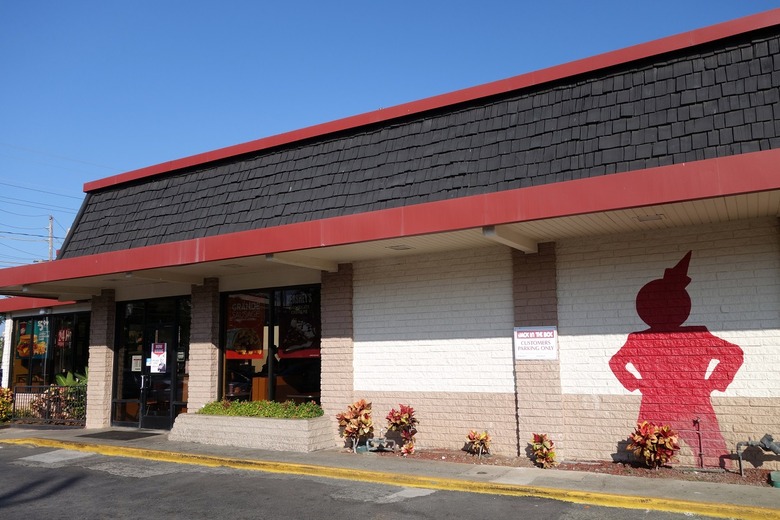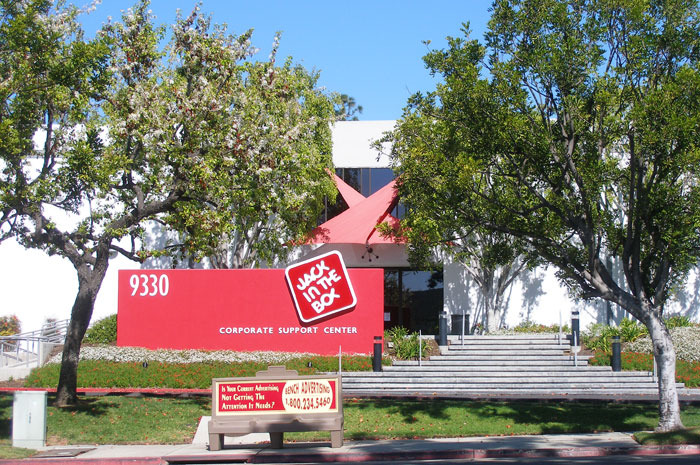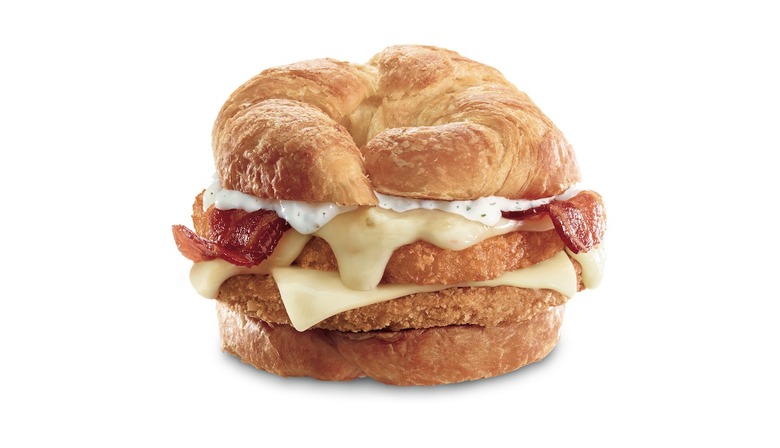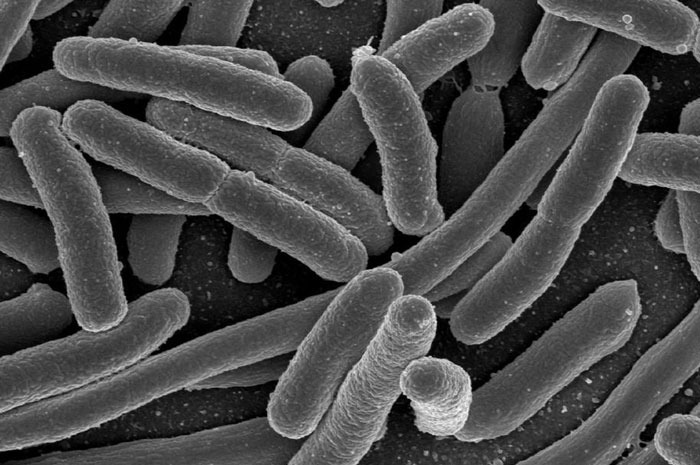11 Things You Didn't Know About Jack In The Box Gallery
Jack in the Box is a fast food chain that's perhaps best known for its round-headed mascot and quirky commercials. But this chain, which has more than 2,200 restaurants in 21 states and Guam, has a long and winding backstory, with a lot of ups and some disastrous downs.
Jack in the Box traces its roots to a man named Robert Oscar Peterson, who started a small San Diego fast food chain called Topsy's Drive-In in 1941. The chain, later renamed Oscar's, was perhaps best known for its circus-like décor and atmosphere, and featured drawings of a wacky round-headed clown who would become its hallmark. In 1951, a location on El Cajon Boulevard was renamed Jack in the Box, and thanks to the combination of two new concepts — the two-way intercom and the drive-through — the restaurant took off. All Oscar's locations were soon re-christened Jack in the Box. In 1966, the 200th outpost opened; all of them were in California and the Southwest.
The earliest Jack in the Box menus were pretty simple. In the mid-'60s, there were only 15 items: hamburgers, cheeseburgers, double-patty Bonusburgers, French fries, onion rings, shrimp and chicken tacos, ice cream, hot apple turnovers, shakes, cola, orange soda, and root beer were all that was on offer.
The menu today is much larger, with 16 different burgers, chicken, fajitas, salads, chicken teriyaki bowls, an expansive breakfast menu, and snacks and sides including egg rolls, mozzarella sticks, stuffed jalapeños, and curly fries. Jack in the Box is in the midst of a measured expansion, and you might have heard of another successful chain that was once owned by the company: Qdoba Mexican Grill.
While Jack in the Box is doing well and taking its reputation for being slightly wacky to new extremes (they recently set the Guinness World Record for the world's largest coupon, of all things), it hasn't been all sunshine and rainbows; in fact, one of the biggest tragedies in the history of fast food happened on their watch, and their story has been one of constant renewal and rebranding. So read on to learn 11 things you might not have known about Jack in the Box.
Its Use of a Two Way Intercom for Drive-Through Was Revolutionary
The drive-through concept had been around for a while before Robert Peterson included one in his restaurant, and a restaurant in Anchorage, Alaska, was the first to use the two-way intercom, but nobody combined the two before Peterson purchased the intercom rights and opened the first Jack in the Box. The fact that customers could place their order before driving up to the window greatly decreased the wait time, and talking into the intercom (which was, of course, shaped like a clown's head) and having it talk back was certainly novel. This intercom/drive-through system revolutionized the fast food industry, and it's obviously still in use today.
It Was Conceived as a ‘Modern Food Machine’
Peterson and his team knew exactly what they were doing, and even hired La Jolla-based master architect Russell Forester to design the new restaurants. They knew that their concept had the potential to change the industry, and dubbed their creation a "modern food machine."
It Boomed in the ‘60s but Crashed in the ‘70s
The chain was sold to the Ralston Purina Company in 1968, and the new owners took an already-thriving brand and made it even bigger. The first franchises opened, television commercials starring child actor Rodney Allen Rippy and his catchphrase "It's too big-a-eat!" became immensely popular, and new locations were opening up left and right. But there were plenty of growing pains. The chain increasingly came to resemble McDonald's, and by the late 1970s, sales began to decline, leading to many closures and a halt to East Coast expansion plans.
Its Image Was Turned Around by Appealing to Yuppies
With the 1980s came the yuppies, and Jack in the Box execs decided that their best bet was to reel them in. So they stopped trying to appeal to families with young children, got rid of the "Jack" mascot by literally blowing him up in a commercial, redecorated the restaurants with hanging plants and pastel colors, launched a series of silly new commercials, changed the logo, and tweaked the menu to make it slightly more upscale. At a time when fast food companies offered little more than burgers, the addition of items like chicken sandwiches, salads, finger foods, and curly fries was — once again — revolutionary.
It Was Briefly Renamed ‘Monterey Jack’s’
Perhaps Ralston Purina got a little carried away in changing the restaurant's image; all of their earlier tactics worked, and by the mid-1980s, sales had rebounded. But they took it one step too far in 1985, when the chain's name was changed to Monterey Jack's. It was a PR disaster of epic proportions, and the original moniker was restored less than a year later.
Its Fast-Casual Concept, JBX Grill, Bombed
In 2004, Jack in the Box began testing out a fast-casual concept called JBX Grill in a few markets. These new restaurants had modern architecture, a high level of customer service, and a more upscale, cafe-style menu of salads and sandwiches, like pepper jack avocado burgers and chicken avocado club sandwiches on ciabatta. Orders were placed at the counter and brought out to tables. But the food was overpriced and customers didn't take an interest. The final JBX Grill was converted to a traditional Jack in the Box in 2006.
A Signature Menu Item Only Appears Every So Often
New menu items are constantly being rotated into and out of the Jack in the Box menu. One menu item, however, pops up far less frequently: the Bonus Jack, which was on the everyday menu from the mid-'60s to the early '70s. It's similar to the Big Mac, with two patties, cheese, lettuce, pickles, and secret sauce on a three-part bun. It last appeared on menus in 2012.
An E. Coli Crisis Nearly Bankrupted Jack
The biggest crisis to ever hit the chain happened in 1993, when Jack in the Box was responsible for one of the most infamous food poisoning outbreaks in history. Seventy-three locations across California, Idaho, Washington, and Nevada served customers undercooked patties (a specially promoted "Monster Burger" wasn't cooked long enough to kill off E. coli bacteria), and 732 people were sickened. Four people died, all of them children, and 178 others were left with permanent damage. All lawsuits against the chain were quickly settled, nearly bankrupting the company in the process. The burgers were cooked to 140 degrees F, which was the minimum FDA-required temperature, but after the incident all locations began cooking burgers to 155 degrees F.
The “Jack’s Back” Campaign Is the Longest-Running Ad Campaign in the Fast Food Industry
The company needed to take drastic measures to reinvent itself after the E. coli disaster, and they did just that by reintroducing the mascot Jack, who was famously blown up in a 1980 commercial. In a fall 1994 commercial, Jack re-emerges, takes his rightful place as founder and CEO, then blows up the Jack in the Box boardroom before a paper bag reading "Jack's Back" falls onto the conference table. The now-legendary ad was instrumental in boosting sales, and the campaign, featuring the lanky, round-headed Jack, is still going strong after 24 years.
Their Unhealthiest Menu Item Is a Sirloin Cheeseburger with Bacon
The burger contains 71 grams of fat, 1,020 calories, 23 grams of saturated fat, and 2,310 milligrams of sodium. You may want to opt for a Jr. Bacon Cheeseburger instead, which only contains 390 calories and 21 grams of fat.
Jack Has a Last Name
According to the company, Jack the mascot's last name is Box. Who would have guessed! He's also a towering 6'8", his birthday is May 16, his wife's name is Cricket, and he has a son named Jack Jr. See? We told you there's a lot you don't know about your favorite fast food chains!
More From The Daily Meal:
Secrets Your Favorite Fast Food Chains Don't Want You to Know
The Most Disastrous Fast Food Menu Fails of All Time
Discontinued Fast Food Items We Miss the Most

